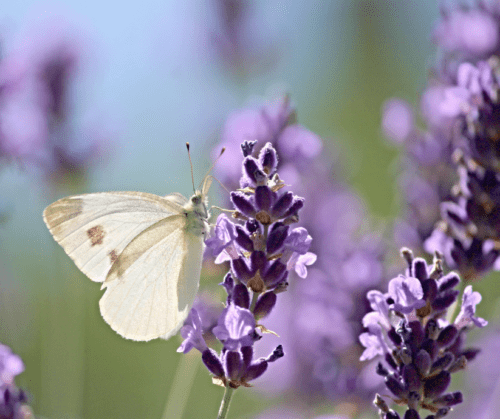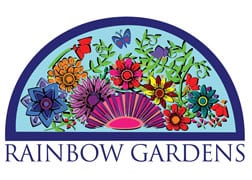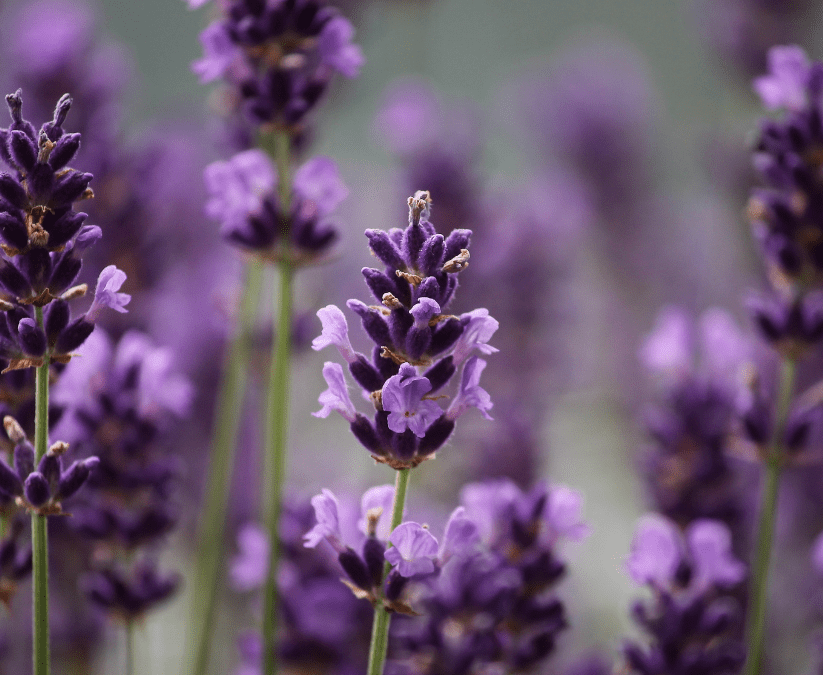Lavender, with its captivating fragrance and stunning appearance, is a delightful addition to any San Antonio garden. This aromatic herb, known for its vibrant purple blooms and silvery-green foliage, is prized for its calming properties, often used in aromatherapy to reduce stress and improve sleep quality. Additionally, it boasts antiseptic and anti-inflammatory benefits, making it a versatile plant for both the garden and home remedies.

Soil Requirements for Lavender
When growing this aromatic herb in San Antonio, spring or fall are the best times to plant. Avoid waiting until the stressful temperatures of summer arrive. It’s crucial to pay attention to soil requirements. Lavender thrives in well-drained, sandy or gravelly soil. For ground plantings, amending clay-heavy soil with sand or gravel can significantly improve drainage. If you’re opting for container gardening, choose a potting mix with similar drainage properties, or you can create your own by mixing potting soil with sand and perlite. The biggest thing is that your soil MUST drain well. Lavender will NOT TOLERATE ‘wet feet’.

Planting and Watering Tips for Lavender
When planting, choose a sunny location, ideally where your plants will receive six to eight hours of full sunshine. Slightly mound up the soil, and place your plant in such a way that the top of the root ball is level with the soil surface. Space plants 12 to 18 inches apart to allow for airflow and growth, which greatly helps prevent disease.
Watering should be moderate; water in at planting, and when you notice it start to wilt. It prefers to dry out between waterings; in general a deep watering once every two weeks is typically sufficient. Overwatering can lead to root rot, so ensure the soil is dry before watering again. Feel it with your fingers to know for sure. Avoid planting overhead watering, and don’t place lavender where sprinklers will hit them.
No fertilizer is required. IN fact, the more you fuss over lavender, the less success you have with it. Take it from the experts at The Lavender Farm, they say maintenance of lavender consist of ‘benign neglect’…’love it and leave it alone for the most part’.

Harvesting Lavender
Harvesting lavender at the right time enhances its fragrance and potency. The best time to harvest is when the buds have formed but before they fully open. This ensures the essential oils are at their peak concentration. Use a sharp pair of scissors or pruning shears to cut the stems, and be sure to leave a few inches of green growth to encourage new blooms. In early spring, prune back 1/3 of the volume of established plants.
For those in Texas, some of the best lavender varieties to consider include ‘Phenomenal,’ known for its heat tolerance and resistance to humidity, and ‘Grosso,’ which is favored for its high oil content and robust growth. ‘Munstead’ is another excellent choice, with its compact size and early blooming nature, making it ideal for smaller gardens or containers.
With the right conditions and care, lavender can flourish in San Antonio, Texas, providing beauty and a bounty of benefits.
~The Happy Gardener, Lisa Mulroy


Does lavender freeze?
The answer is…sometimes… It depends on where you live and your micro climate. In general lavenders can die back or freeze, but generally come back in the springtime. However, the extent of recovery depends on the severity of the freeze and the specific lavender variety.